Our Little Big Post-War House
Back when Stephen was building fire trucks in Florida we tried tiny living. The four of us and two dogs stayed in a 32 foot camper for about 6 months. We survived and when we began to look for our next house we knew it did not have to be ginormous. Stephen could have lived forever in an actual tiny house on wheels but the kids and I needed a bit more than the rubber foundation it offered.
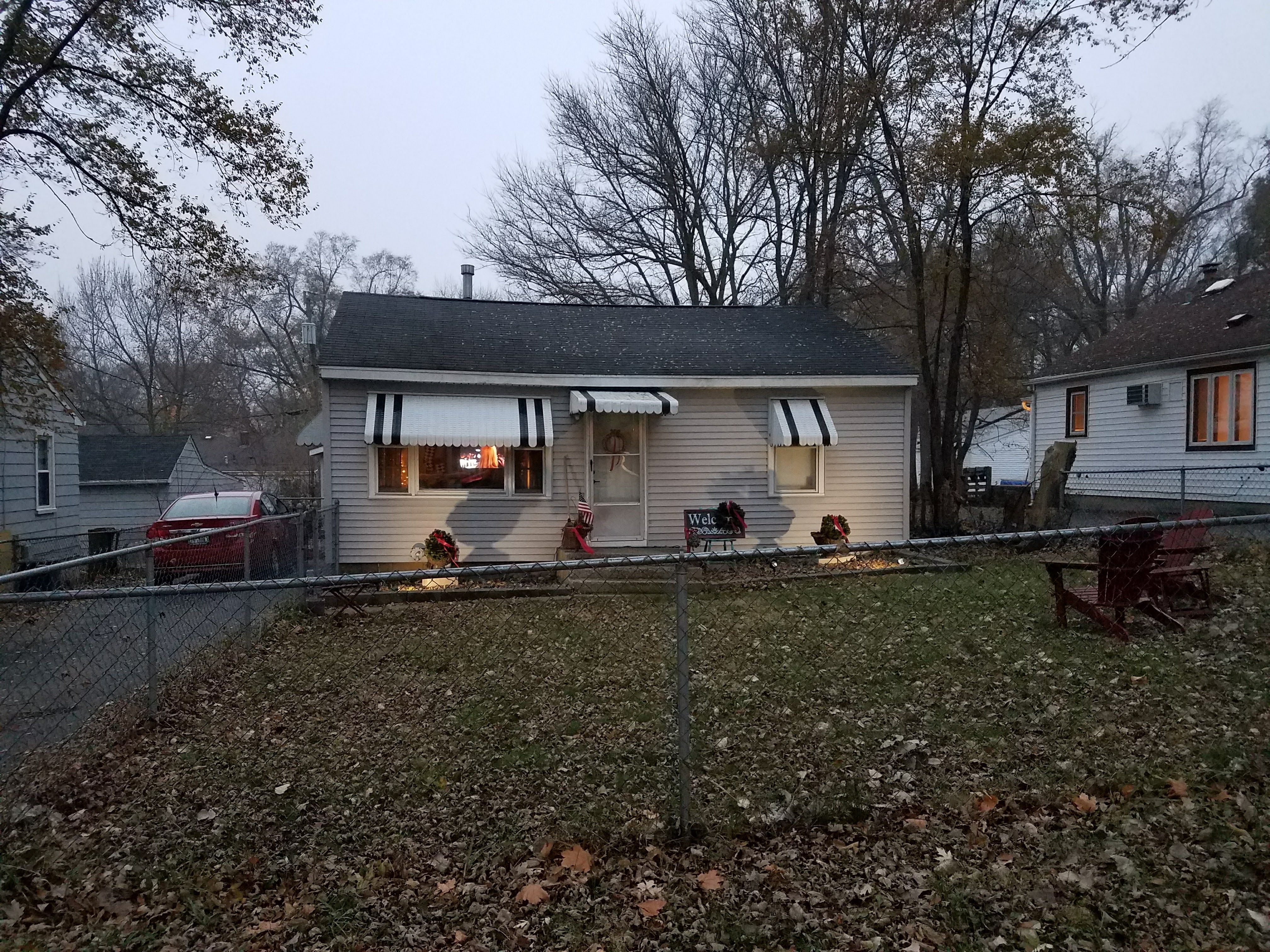
Our compromise was the 600 sq ft post-war house. It was a 2 bedroom house that was tiny for all of us. The poor dog could not turn around in some spaces so he had to back out of rooms. We still appreciate the art of tiny living but with the new post-war we sought a bit more space.
Someone recently asked me my style and why I was referring to our house as post-war. So I thought I would try to put into words my style and explain a bit about post-war housing.
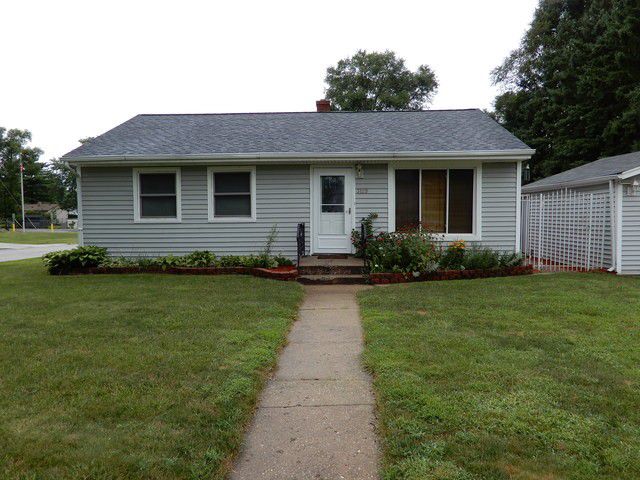
POST WAR HOMES – A Bit of History
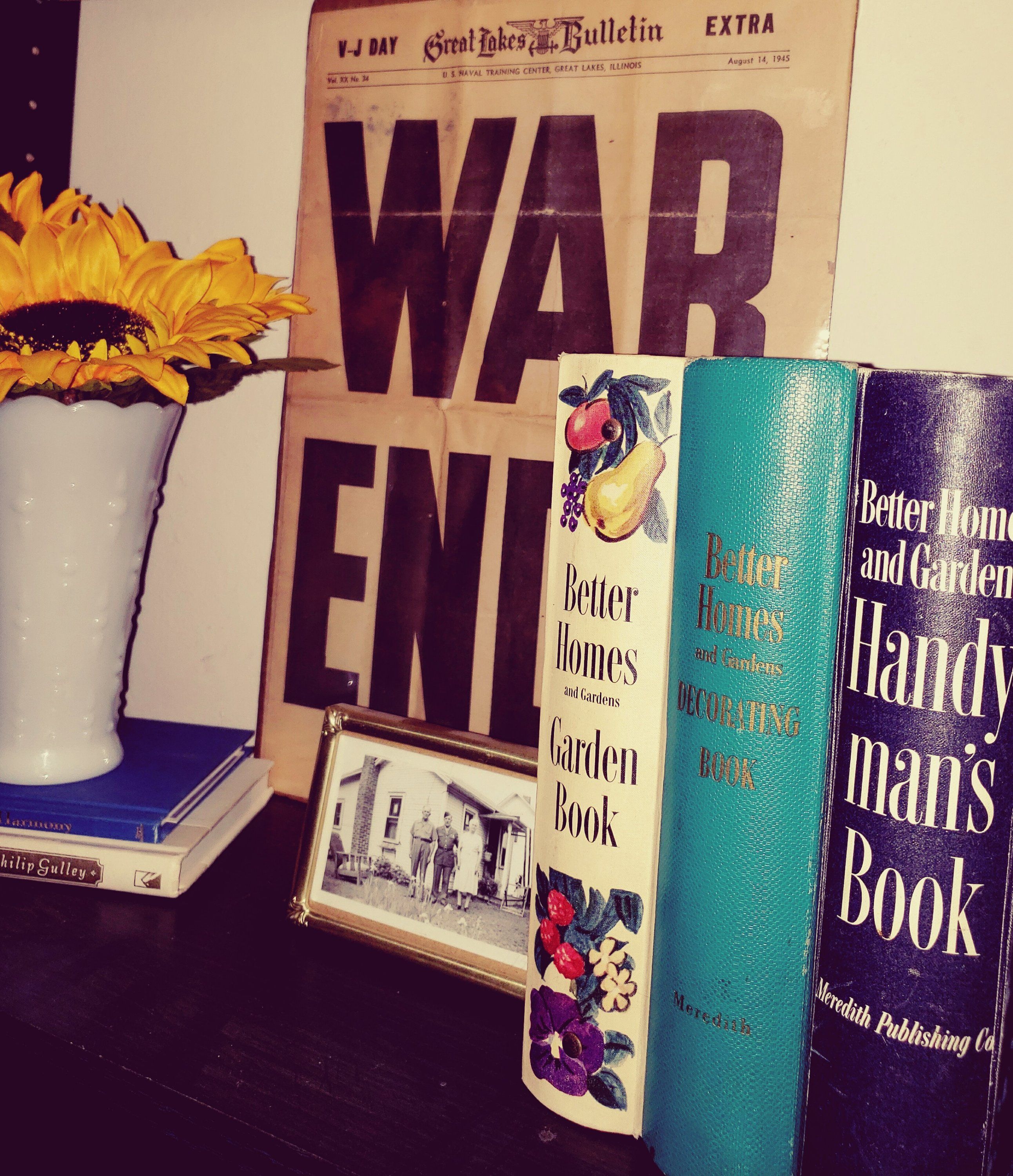
Post-war homes are rooted in American History. They were built as the American soldiers returned from fighting in World War II. The housing industry — which had been waning in the 1930s and 1940s — suddenly saw a demand for housing. GNP before the war in 1940 was just over $100 Billion; in 1955 it had tripled. With the horror of war behind them Americans were enjoying unmatched economic security. The US desperately desired a return to safety and living the American dream. That dream hinged on buying a house to bring your family home to.
There are many builders that facilitated that dream but the credit for simplifying the home building process into twenty-six steps was the Levitt brothers. After building military buildings at the beginning of the War that had to be done quickly, they transferred the system to the private sector. They became known as the Henry Fords of the housing business. The homes were not luxurious and it was this simplicity that allowed them to generate an assembly line method to build many homes in a short time. These homes were functional and dependable. Their sturdiness has proven the test of time.
WHY A POST-WAR
As I stated earlier we did a trial run living in a “tiny space”. That camper provided what we needed with not a lot of room for extras. Some would say we lacked in “stuff” but we were able to enjoy each other more, and spend more time adventuring out to experience Florida.
A lot of people choose tiny house living because financially it is cost effective. This is true for our Post-War. Our mortgage is less than a larger newer home and our utilities are less. It not only frees you up financially, living smaller, frees up time. I do not take as long to clean the entire house which as a working wife and mother is a huge benefit.
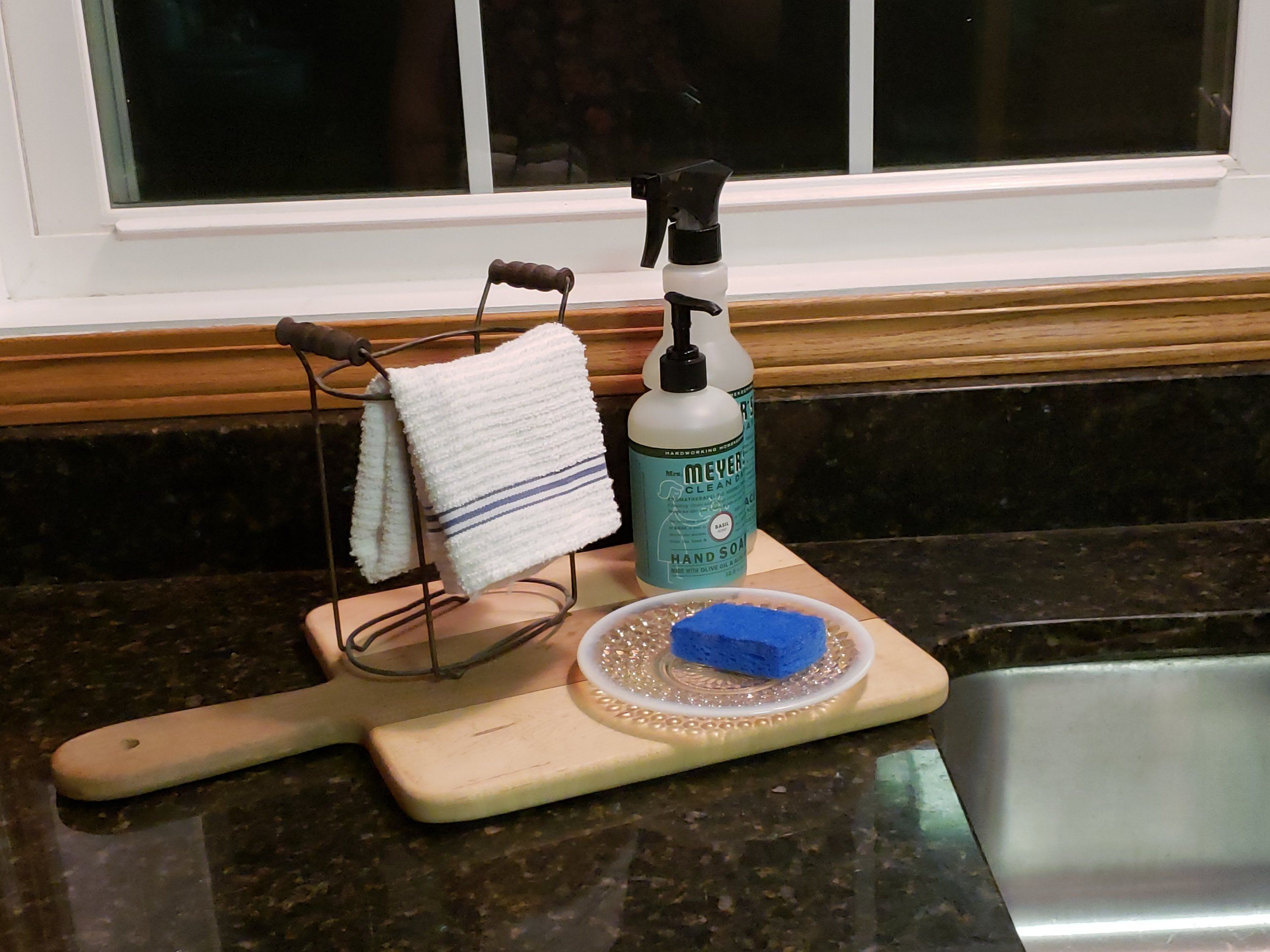
Besides the practical’s listed above, I love the 1950’s and the post-war, mid-century style. Essentials found in a post-war home are small living spaces, less than 1,000 sq. ft., a large picture window at the front of the house, and a rear facing kitchen with a window and door to the backyard. The other key is that it is one of many similar sized and sometimes styled houses in the neighborhood.
My Style
The challenge of making this little post-war house into a home is a challenge I heartily accept. It is fun to take a space and make it your own. Based on a quiz I took, HGTV says that my style is rustic meets refined Cottage style.
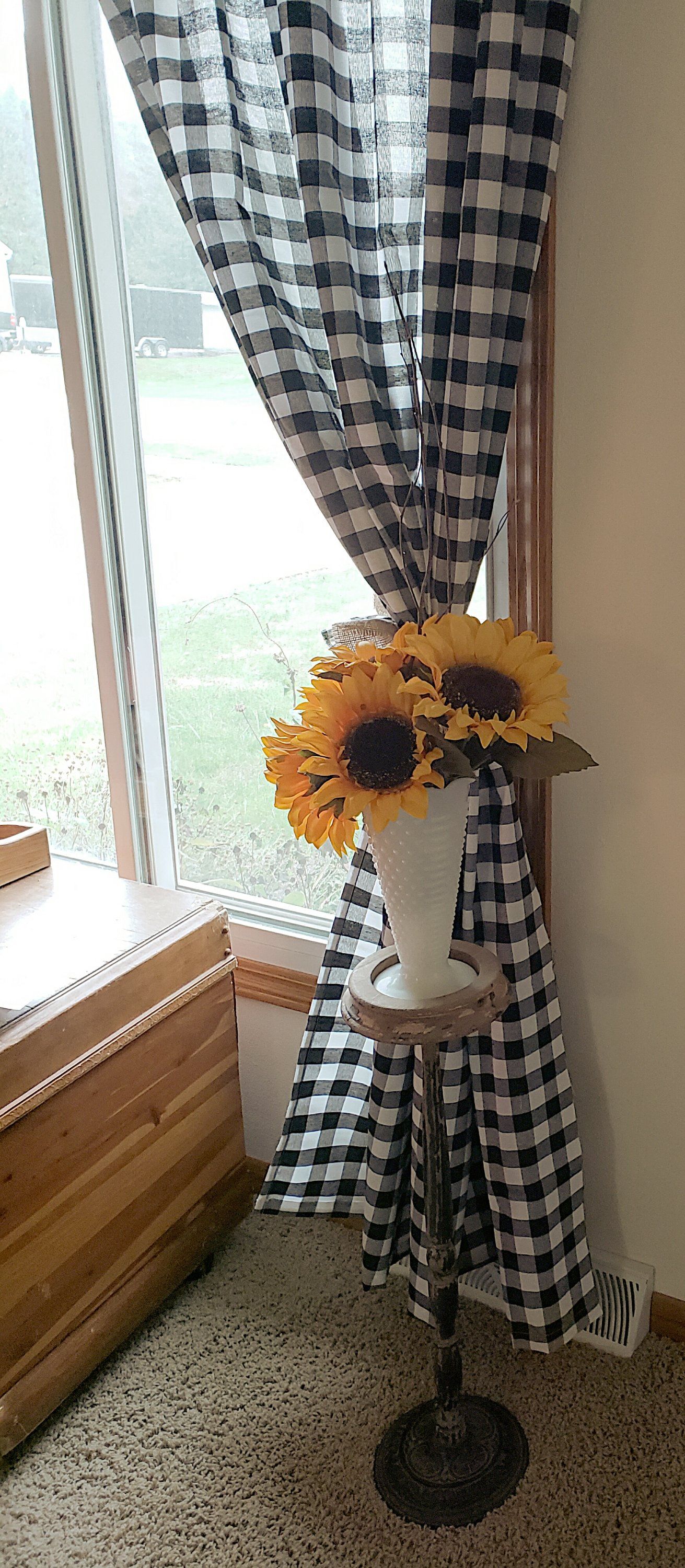
When people ask me what my style is I call it American Vintage Farmhouse. I prefer cozy over cutting edge. It is a laid back style that features pieces with character and are timeworn. I like bright colors against a natural backdrop. I enjoy things from the past, a simpler time. I love American made products like Ball Jars and Fiestaware. I enjoy backroads where old barns are tucked in-between rolling grass and growing corn. I want my home to feel welcoming and warm. I embrace my southern roots and midwest upbringing.

Sometimes I get a look that says “Yes I totally understand your style” and other times I get the “what are you talking about” look. I do not know if I make any sense or if what I just described is a style but I do know what I like and sometimes I have let what is on trend over shadow what I truly love. I have learned from the last two houses to embrace what is me and not worry about being on trend.
What is your style and how do you incorporate it into your living space?Whatever your make or style I hope it fills you with JOY!
